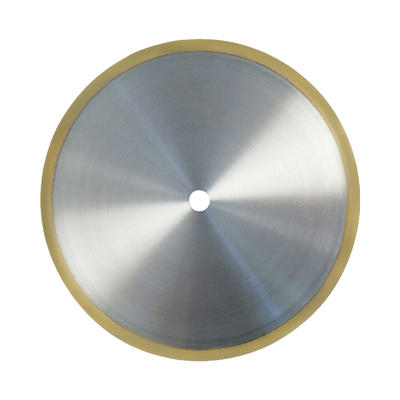It was not only a survival tool in the Stone Age, a symbol of ritual in the Bronze Age, but also an aesthetic of assassination in the Iron Age. From Jing Ke's revealing the dagger at the end of the map in ancient times to Li Bai's heroic spirit expressed in his poems, from the sacrificial artifact of the Xiongnu people to the Silk Road patterns in the Tang Dynasty, the changes in its shape and function reflect the intertwined evolution of ancient Chinese military affairs, craftsmanship, and social culture. This "short weapon" eventually became one of the most dynamic cultural symbols in the era of cold weapons.
We utilized the modern automatic grinding and polishing equipment Alpha610, along with the sandpaper grinding disc, and cooperated with the YS polishing cloth. Eventually, we obtained a miniature representation of the crystallization of people's wisdom from over a thousand years ago. The refinement of craftsmanship within these small dimensions ultimately evolved into the embryonic form of the ring - pommeled sword during the iron revolution in the Qin and Han dynasties, serving as a microscopic witness to the transition from bronze to iron in the history of cold weapons.
The following are the sample preparation parameters and an appreciation of the metallographic microscopic effects:



 中文简体
中文简体 英语
英语 西班牙语
西班牙语 德语
德语



















